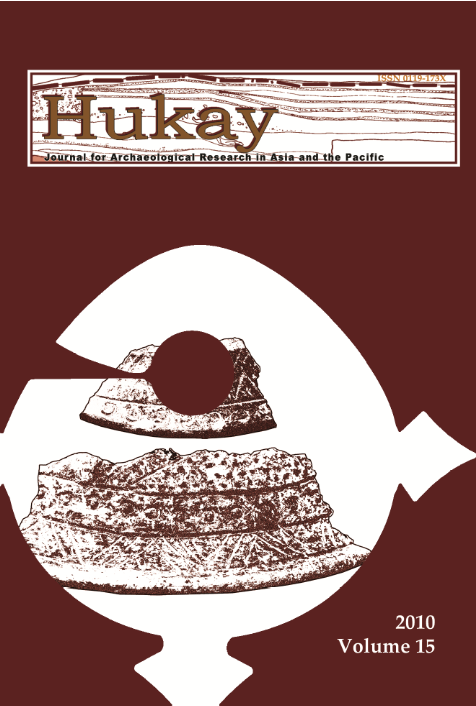Lost in the Retelling: Washed‐out Balitok (Gold) in Ibaloi Generational Memory Ibaloi Diaspora into Benguet (Part 2)
Abstract
Most Southeast Asian ethnic group histories are oral in form rather thanwritten. The ethnolinguistic groups in the mountainous Cordillera region of Luzon, Philippines are likewise rich in epics, folklores and various other oral traditions. The Ifugao ethnolinguistic group; for instance, have the Hud Hud ni Dinulawan at Gonhadan which is an elaborate epic riddled with clues about the remote Ifugao past. The Ibaloi ethnolinguistic group meanwhile of Benguet province has also woven a vivid collection of oral traditions which adequately includes their first migrations into the southern slopes of Cordillera.
Although oral traditions are invaluable for the historical archaeologist, a level of caution must be exercised in dealing with oral tradition data, especially regarding its accuracy. Oral traditions are versions of events in the past that may have continually transformed as it was transmitted through several generations of an ethnolinguistic group. This paper will illustrate how oral traditions of the locations of the first settlements of the Ibaloi have downplayed the role of gold mining as an impetus, and instead have focused on wet agriculture potential as a criterion. This can be attributed to the fact that such oral traditions may function to (wittingly or unwittingly) validate present‐day elite class interests and claims to status, lands, offices and other locations of prestige and power.
The first Ibaloi settlements in Benguet were in‐fact gold mining camps located near the mountain peaks and the roughest of them. A visit to some of the oral tradition‐identified early settlement localities today will show that they are not mining locations but rather leveled “fertile valley lands” ideal for wet rice agriculture. The role of Benguet gold in the early peopling of Benguet (during the 13th to 14th century) together with its socio‐economic and cultural practices took a back seat in the current retelling of the oral tradition.



